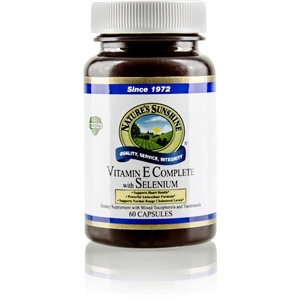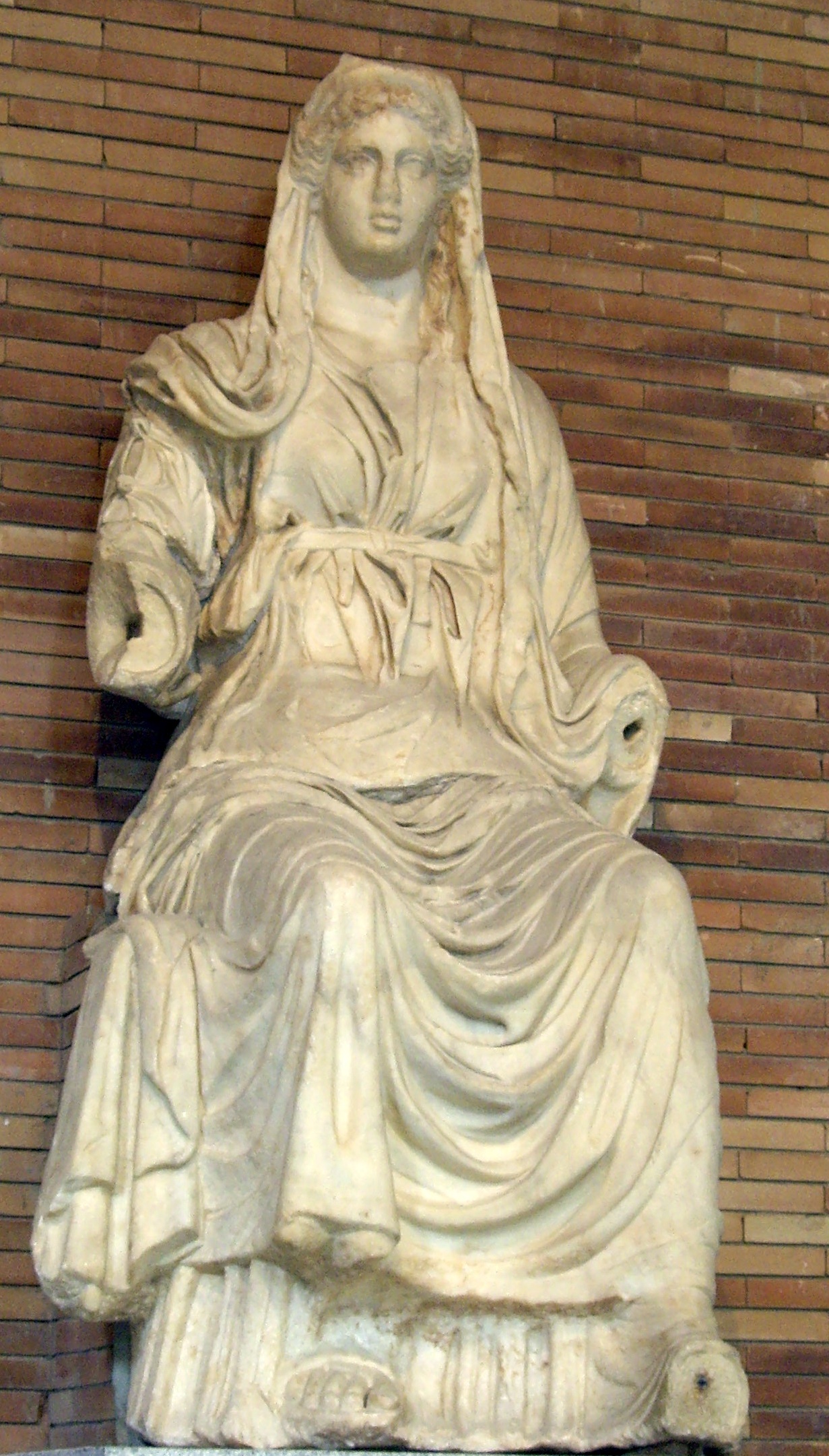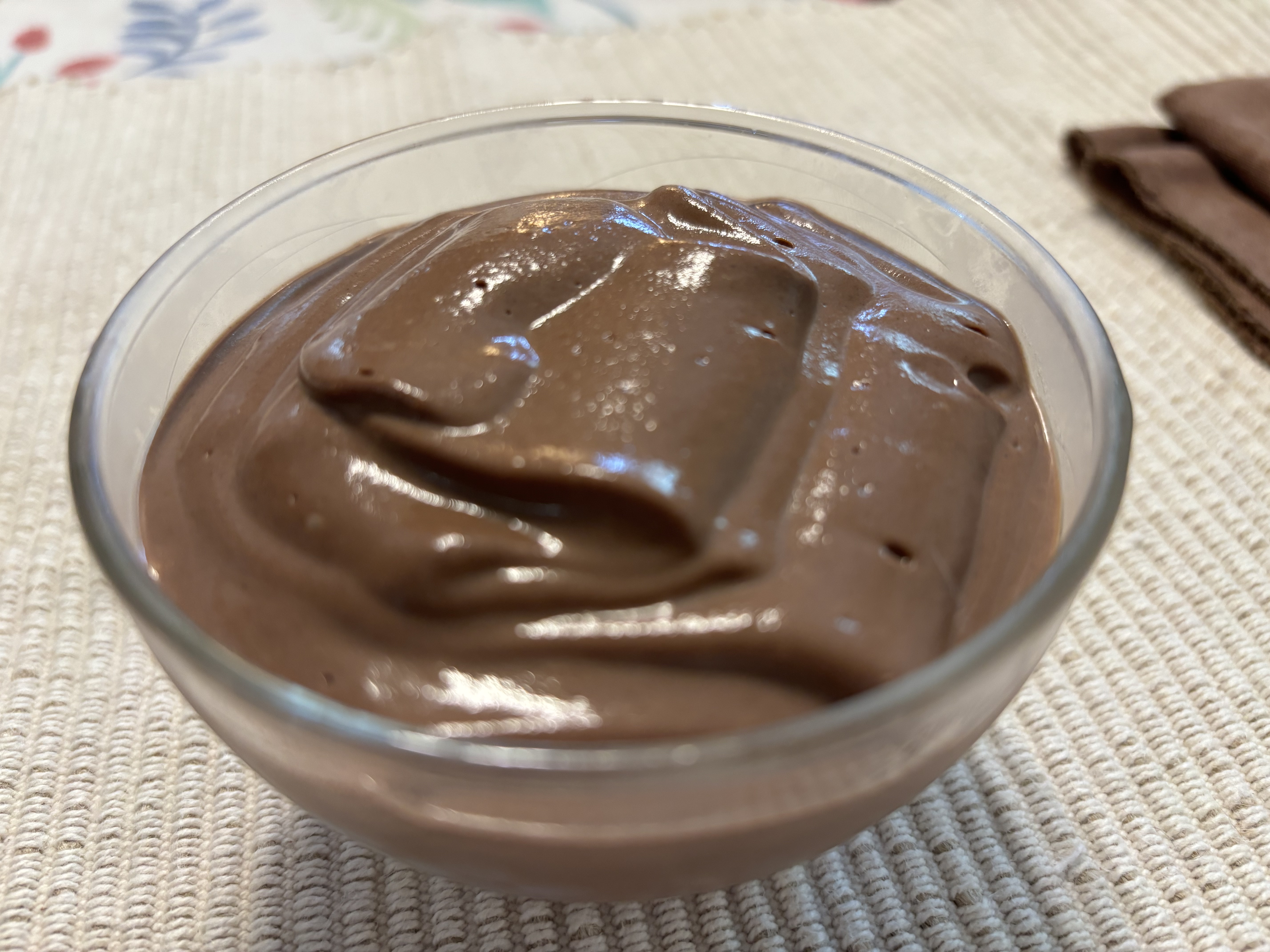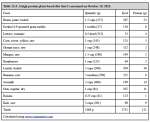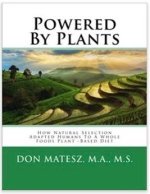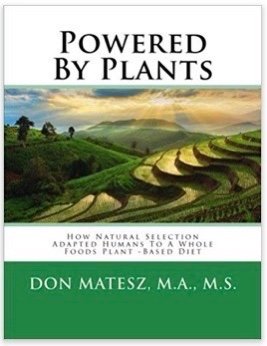Are you taking vitamin E complex?
Vitamin E is a fat soluble vitamin complex. It mainly functions as an antioxidant protecting unsaturated lipids (fats) in cell membranes. However it also has anti-inflammatory, anti-cancer, neuroprotective, skin protective and anti-aging actions.
Here's why I recommend it...
Natural vitamin E complex includes eight chemically distinct molecules: α-(alpha-), β- (beta-), γ- (gamma-), and δ- (delta-) tocopherol; and α-, β-, γ- and δ-tocotrienol. These different forms of vitamin E differ in biological functions. You need the whole complex for complete vitamin E nutrition.
In the seed endosperm of most plants, most of the vitamin E consists of tocotrienols, not tocopherols. On the other hand, in leaves and seeds, tocopherols dominate. When animals consume plants providing tocopherols and tocotrienols, these forms of vitamin E accumulate in the various tissues. Ingested tocotrienol reaches all vital organs including the brain; in some tissues the level of tocotrienol exceeds that of tocopherols, suggesting some tissues may prefer tocotrienol over tocopherol.1
The gamma-tocopherol predominates in many plant seeds and makes up ~70% of the tocopherol the US diet. Most supplements provide only the alpha-tocopherol form. Alpha-tocopherol predominates in human plasma, but gamma-tocopherol constitutes as much as 30-50% of the total vitamin E in human skin, muscle, vein, and adipose tissue. High doses of alpha-tocopherol deplete plasma and tissue gamma-tocopherol, whereas supplementation with gamma-tocopherol increases both.2
Although plant foods provide tocotrienols, it is doubtful that they can provide adequate intakes of tocotrienols for humans. Roughly, one would have to consume 100-200 g of palm or rice bran oil, or 1.5-4 kg of wheat germ, barley or oat to achieve biologically beneficial doses of tocotrienols. Therefore we must take dietary supplements to get beneficial doses.3
Eating Fish & Plant Oils Increases Vitamin E Requirements!
Vitamin E requirements increase in direct proportion to the amount of polyunsaturated fatty acids (PUFAs) consumed or in the tissues or circulation.4 Some foods that provide vitamin E also contain so much polyunsaturated fat that they in reality cause a vitamin E deficiency if not sufficiently compensated with other dietary sources of vitamin E. 5
Among US subjects, linoleic acid content of adipose tissue has increased by 136% between 1959 and 2008, due to increased consumption of industrial seed oils such as “vegetable,” corn, soy, safflower, etc.6 During this time period, prevalence of obesity, diabetes and asthma have increased markedly.
Increased levels of linoleic acid in body tissues increases the risk of exposure to lipid peroxides. The amount of linoleic acid in body tissues is positively linked to coronary heart disease. Oxidized linoleic acid is the most common oxidised fatty acid in LDL. Once LA in LDL becomes oxidized, the LDL is attacked by macrophages leading to atherosclerosis.7
Many people eat (or have eaten) flax or hemp seeds or oils to obtain omega-3 alpha-linolenic acid, or fatty fish or fish oil supplements to obtain EPA and DHA. Studies have shown that increasing intake of these fatty acids increases lipid peroxidation/oxidative stress and dramatically increases vitamin E requirements.8, 9
Oxidized PUFAs, especially oxidized omega-3 fatty acids, contribute to oxidative stress and inflammation, which is a possible cause of colorectal cancer.10 Fish oil diets were found “highly toxic” to colon cells.11
Aging involves progressive increase in unsaturation of fats in cell membranes, with a consequent increase of peroxidizability.12 Food restriction reduces the progressive desaturation of the fats and vitamin E protects against their oxidation. The more highly unsaturated the fats, the more susceptible to peroxidization. Vitamin E in concert with selenium suppresses elongation and desaturation of fats as well as peroxidization.13 Consequently vitamin E stabilizes cell membranes.14
|
Oxidation of PUFAs produces ceroid and lipofuscin pigments, responsible for so-called “age spots.” Both aging and vitamin E deficiency increase the amount of ceroid and lipofuscin in tissues.15, 16 |
CLICK HERE TO GET NATURE'S SUNSHINE VITAMIN E COMPLEX
Vitamin E complex protects against inflammation, oxidation and atherosclerosis
Vitamin E suppresses inflammation, LDL oxidation, platelet aggregation, and atherosclerosis.17
Vitamin E – particularly the gamma-tocopherol form – inhibits COX enzymes that produce inflammation.18, 19
Evidence has accumulated suggesting that gamma-tocopherol inhibits COX-2 proinflammatory activity and may specifically protect against destruction of pancreas beta-cells responsible for producing insulin; therefore it may have a role in preventing type 1 diabetes. In addition, a number of studies have provided evidence that dietary gamma-tocopherol may provide greater protection against cardiovascular disease and stroke mortality than alpha-tocopherol.18
Vitamin E protects against skin aging/wrinkling
Collagenase is an enzyme that degrades collagen; it increases in activity as we age. Vitamin E suppresses age-dependent increase of collagenase – an enzyme that degrades collagen – to protect against skin aging.20
Both deficiency of so-called “essential fatty acids” and presence of vitamin E reduces skin cell toxicity due to lipid peroxidation.21
Vitamin E complex provides more cancer protection
Blood alpha-tocopherol levels have been found inversely related to prostate cancer risk. The risk of prostate cancer decreased by 21% for every 25-mg/L increase in vitamin E α-tocopherol levels.22 Gamma-tocopherol provides even more protection. One study found a 5-fold reduced risk of prostate cancer among men with the highest plasm gamma-tocopherol levels.18
Delta-tocopherol also has anticancer properties, though less than tocotrienols.23
Tocopherols boost immune function , protect your brain and prevent oxalate kidney stones
Alpha-tocopherol enhances immune function against viral infections.24
High plasma levels of beta-tocopherol have been linked to a 38% reduced risk of developing Alzheimer’s disease, whereas the efficacy of commonly used alpha-tocopherol alone is debated. 25
Vitamin E supplementation has been shown to complete prevent calcium oxalate crystal deposition in kidneys by preventing free-radical induced renal injury and restoring antioxidant levels.26
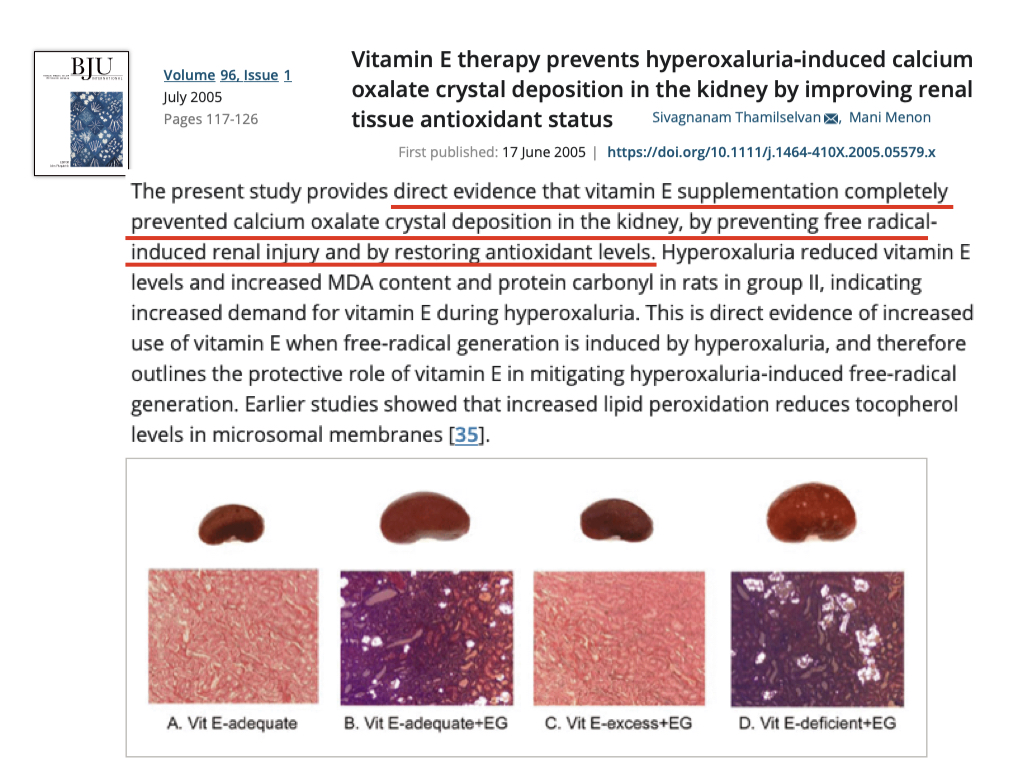
The full vitamin E complex includes 4 tocotrienols!
Tocotrienols reach the brain in amounts sufficient to confer protection against stroke.27 Tocotrienols also reduce serum LDL, suppress cancer activity (especially the gamma- and delta- forms), enhance immune function, and protect neural tissue from toxins (including arachidonic acid peroxides) and degeneration.28, 29
Alpha-tocotrienol has multi-fold greater potency than alpha-tocopherol in protecting the central nervous system from toxins and may be the most potent neuroprotective form of natural vitamin E.30 Delta-tocotrienol protects against some of the toxic effects of endotoxins.31
Get the whole vitamin E complex
Most vitamin E products on the market provide only the alpha-tocopherol in a large dose, which as explained above will deplete the gamma-tocopherol that provides the greatest prostate cancer protection. Some more enlightened suppliers provide mixed tocopherol vitamin E, which is better than alpha-tocopherol alone, but still is not the full complex. Also, as mentioned above, vitamin E and selenium work together to prevent the desaturation and oxidation of membrane fatty acids that leads to a faster rate of aging and consequent degenerative disease.
|
I recommend taking all 4 tocopherols and all 4 tocotrienols together with selenium to get the maximum benefits from the vitamin E complex. Nature's Sunshine provides a full-spectrum vitamin E complex with selenium for a competitive price, especially if you become a member and use auto-shipping to ensure you have a continuous supply. |
CLICK HERE TO GET NATURE'S SUNSHINE VITAMIN E COMPLEX
Here are some competitors on Amazon.com. Only two of them contain all 4 tocopherols and all 4 tocotrienols, but neither of those contains selenium.
Notes
1. Sen CK, Khanna S, Roy S. Tocotrienols in health and disease: the other half of the natural vitamin E family. Mol Aspects Med. 2007;28(5-6):692–728. doi:10.1016/j.mam.2007.03.001
2. Jiang Q, Christen S, Shigenga MK, et al. γ-Tocopherol, the major form of vitamin E in the US diet, deserves more attention. Am J Clin Nutr 2001 Dec;74(6):714-722. <https://academic.oup.com/ajcn/article/74/6/714/4737392>
3. Sen CK, Khanna S, Roy S. Tocotrienols in health and disease: the other half of the natural vitamin E family. Mol Aspects Med. 2007;28(5-6):692–728. doi:10.1016/j.mam.2007.03.001
4. Raederstorff D, Wyss A, Calder PC, Weber P, Eggersdorfer M. Vitamin E function and requirements in relation to PUFA. Br J Nutr. 2015;114(8):1113–1122. doi:10.1017/S000711451500272X
5. Bässler KH. On the problematic nature of vitamin E requirements: net vitamin E. Z Ernahrungswiss. 1991 Sep;30(3):174-80. Review. PubMed PMID: 1763554.
6. Guyenet SJ, Carlson SE. Increase in adipose tissue linoleic acid of US adults in the last half century. Adv Nutr. 2015;6(6):660–664. Published 2015 Nov 13. doi:10.3945/an.115.009944 <https://www.ncbi.nlm.nih.gov/pmc/articles/PMC4642429/>
7. DiNicolantonio JJ, O'Keefe JH. Omega-6 vegetable oils as a driver of coronary heart disease: the oxidized linoleic acid hypothesis. Open Heart. 2018;5(2):e000898. Published 2018 Sep 26. doi:10.1136/openhrt-2018-000898
8. Valk EE, Hornstra G. Relationship between vitamin E requirement and polyunsaturated fatty acid intake in man: a review. Int J Vitam Nutr Res. 2000 Mar;70(2):31-42. Review. PubMed PMID: 10804454.
9. Filaire E, Massart A, Portier H, et al. Effect of 6 weeks of n-3 fatty acid supplementation on oxidative stress in Judo athletes. Int J Sport Nutr Exerc Metab 2010 Dec;20(6):496-506.
10. Cai F, Dupertuis YM, Pichard C. Role of polyunsaturated fatty acids and lipid peroxidation on colorectal cancer risk and treatments. Curr Opin Clin Nutr Metab Care 2012 Mar;15(2):99-106.
11. Guéraud F, Taché S, Steghens JP, et al. Dietary polyunsaturated fatty acids and heme iron induce oxidative stress biomarkers and a cancer promoting environment in the colon of rates. Free Radic Biol Med 2015 Jun;83:192-200.
12. Laganiere S, Yu BP. Modulation of membrane phospholipid fatty acid composition by age and food restriction. Gerontology. 1993;39(1):7-18. PubMed PMID: 8440492.
13. Patzelt-Wenczler R. [Effect of vitamin E on the synthesis of polyunsaturated fatty acids (author's transl)]. Int J Vitam Nutr Res. 1981;51(1):26-33. German. PubMed PMID: 7239794.
14. Evstigneeva RP, Volkov IM, Chudinova VV. Vitamin E as a universal antioxidant and stabilizer of biological membranes. Membr Cell Biol. 1998;12(2):151-72. Review. PubMed PMID: 9879542.
15. Fattoretti P, Bertoni-Freddari C, Casoli T, et al. Morphometry of age pigment (lipofuscin) and of ceroid pigment deposits associated with vitamin E deficiency. Arch Gerontol Geriatr. 2002 May-Jun;34(3):263-8. PubMed PMID: 14764328.
16. Katz ML, Robison WG Jr, Herrmann RK, et al. Lipofuscin accumulation resulting from senescence and vitamin E deficiency: spectral properties and tissue distribution. Mech Ageing Dev. 1984 Apr-May;25(1-2):149-59. PubMed PMID: 6727441.
17. Bron D, Asmis R. Vitamin E and the prevention of atherosclerosis. Int J Vitam Nutr Res 2001 Jan;71(1):18-24.
18. Jiang Q, Christen S, Shigenga MK, et al. γ-Tocopherol, the major form of vitamin E in the US diet, deserves more attention. Am J Clin Nutr 2001 Dec;74(6):714-722. <https://academic.oup.com/ajcn/article/74/6/714/4737392>
19. Ali M, Gudbranson CG, McDonald JW. Inhibition of human platelet cyclooxygenase by alpha-tocopherol. Prostaglandins Med 1980 Feb;4(2):79-85.
20. Ricciarelli R, Maroni P, Ozer N, Zingg JM, Azzi A. Age-dependent increase of collagenase expression can be reduced by alpha-tocopherol via protein kinase C inhibition. Free Radic Biol Med 1999 Oct;27(7-8):729-37.
21. Wey HE, Pyron L. Essential fatty acid deficiency in cultured human keratinocytes attenuates toxicity due to lipid peroxidation. Toxicol Appl Pharmacol 1993 May;120(1):72-9.
22. Cui R, Liu ZQ, Xu Q. Blood α-tocopherol, γ-tocopherol levels and risk of prostate cancer: a meta-analysis of prospective studies. PLoS One. 2014;9(3):e93044. Published 2014 Mar 25. doi:10.1371/journal.pone.0093044
23. Sen CK, Khanna S, Roy S. Tocotrienols in health and disease: the other half of the natural vitamin E family. Mol Aspects Med. 2007;28(5-6):692–728. doi:10.1016/j.mam.2007.03.001
24. Han SN, Wu D, Ha WK, et al. Vitamin E supplementation increases T helper 1 cytokine production in old mice infected with influenza virus. Immunology. 2000;100(4):487–493. doi:10.1046/j.1365-2567.2000.00070.x
25. Mangialasche F, Kivipelto M, Mecocci P, et al. High plasma levels of vitamin E forms and reduced Alzheimer’s disease risk in advanced age. J Alzheimers Dis. 2010;20(4):1029-37. doi:
10.3233/JAD-2010-091450. PubMed PMID: 20413888.
26. Thamilselvan S, Menon M. Vitamin E therapy prevents hyperoxaluria-induced calcium oxalate crystal deposition in the kidney by improving renal tissue antioxidant status. BJU 2005 July;96(1):117-126.
27. Sen CK, Khanna S, Roy S. Tocotrienols in health and disease: the other half of the natural vitamin E family. Mol Aspects Med. 2007;28(5-6):692–728. doi:10.1016/j.mam.2007.03.001
28. Ibid.
29. Ren Z, Pae M, Dao MC, Smith D, Meydani SN, Wu D. Dietary supplementation with tocotrienols enhances immune function in C57BL/6 mice. J Nutr. 2010;140(7):1335–1341. doi:10.3945/jn.110.121434
30. Sen CK, Khanna S, Roy S. Tocotrienol: the natural vitamin E to defend the nervous system? Ann N Y Acad Sci. 2004 Dec;1031:127-42. Review. PubMed PMID:15753140.
31. Qureshi AA, Tan X, Reis JC, et al. Inhibition of nitric oxide in LPS-stimulated macrophages of young and senescent mice by δ-tocotrienol and quercetin. Lipids Health Dis. 2011;10:239. Published 2011 Dec 20. doi:10.1186/1476-511X-10-239
Recent Articles
-
Ancient Roman Soldier Diet
Apr 14, 25 05:19 PM
A discussion of the ancient Roman soldier diet, its staple foods and nutritional value, and a vegan minimalist version. -
High Protein Chocolate Tofu Pudding
Jul 01, 24 12:41 PM
A delicious high protein chocolate tofu pudding. -
Vegan Macrobiotic Diet For Psoriasis
Sep 05, 23 06:36 PM
Vegan macrobiotic diet for psoriasis. My progress healing psoriasis with a vegan macrobiotic diet. -
How Every Disease Develops
Aug 04, 23 06:22 PM
How every disease develops over time, according to macrobiotic medicine. -
Why Do People Quit Being Vegan?
Jun 28, 23 08:04 PM
Why do people quit being vegan? How peer pressure and ego conspire against vegans. -
Powered By Plants
Mar 16, 23 08:01 PM
Powered By Plants is a book in which I have presented a lot of scientific evidence that humans are designed by Nature for a whole foods plant-based diet. -
Carnism Versus Libertarianism
Dec 30, 22 01:55 PM
Carnism Versus Libertarianism is an e-book demonstrating that carnism is in principle incompatible with libertarianism, voluntaryism, and anarchism. -
The Most Dangerous Superstition Book Review
Nov 15, 22 08:46 PM
Review of the book The Most Dangerous Superstition by Larken Rose.
